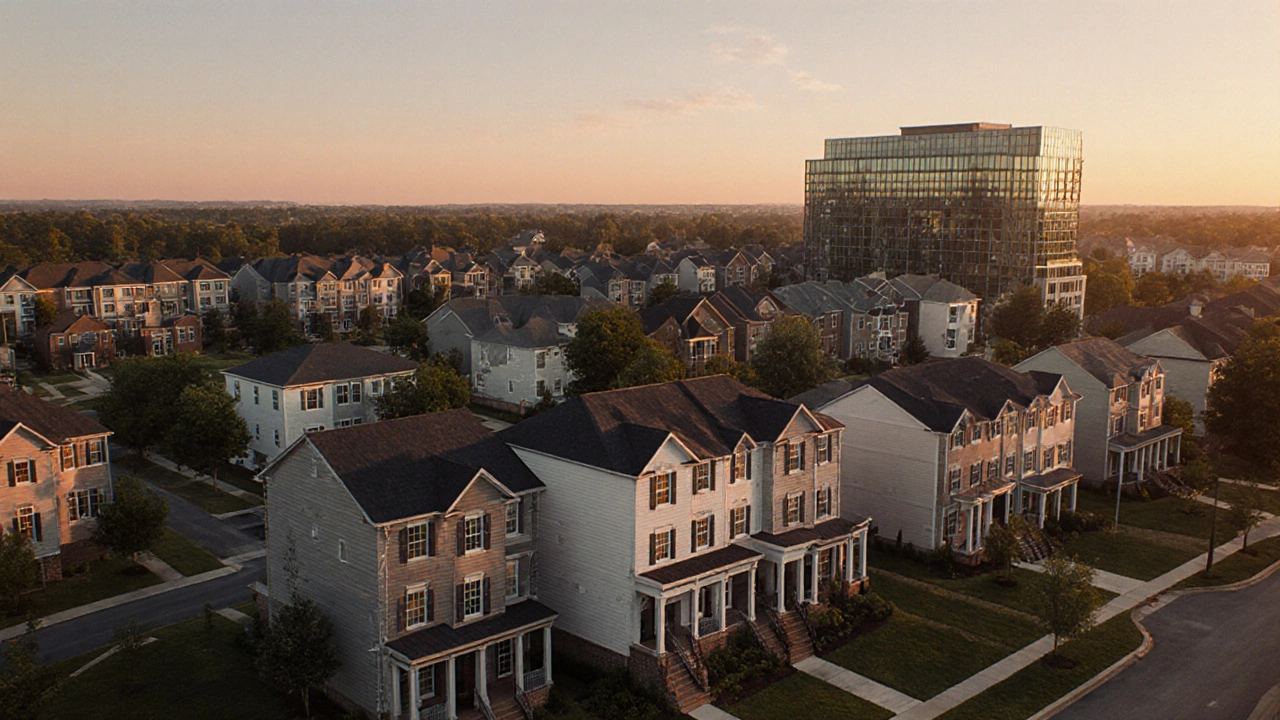Affordable Housing Ordinance: What It Means for Renters and Developers
When talking about Affordable Housing Ordinance, a local law that sets rules for building, renting, or subsidizing housing to keep it within reach of low‑ and moderate‑income families. Also known as affordable housing policy, it guides how cities meet housing demand while protecting vulnerable residents.
One of the biggest pieces of the puzzle is Rent Control, a set of limits that restrict how much a landlord can raise rent each year. Rent control often sits inside an affordable housing ordinance, meaning the ordinance encompasses rent control measures to curb sudden spikes. Another key player is the Low‑Income Housing Tax Credit (LIHTC), a federal incentive that encourages developers to create affordable units. The LIHTC influences the ordinance by providing financial pull that makes compliant projects viable. Then there’s Rent Stabilization, a milder version of rent control that caps increases based on inflation or operating costs. It requires regular reporting to local housing agencies, tying back to the ordinance’s oversight duties.
How the Ordinance Shapes Real‑World Decisions
For renters, an affordable housing ordinance can mean a predictable monthly bill, especially when rent control or rent stabilization is in play. It also often pairs with a Housing Subsidy, direct financial aid that helps qualifying households cover part of their rent. When a city offers subsidies, the ordinance provides the legal framework that ensures the money reaches those who need it most. Developers, on the other hand, must juggle construction costs, market rents, and the requirements of the LIHTC to stay compliant. Many turn to mixed‑income projects, where a portion of the building is set aside for affordable units while the rest can charge market rates—this blend helps meet the ordinance’s goals without sacrificing profitability.
In practice, the ordinance also dictates how quickly a landlord can evict a tenant for non‑payment, what notice period is required for rent hikes, and how to handle upgrades that might affect affordability. Some cities even tie the ordinance to zoning bonuses, giving developers extra floor area if they include a set percent of affordable homes. These incentives create a feedback loop: the more affordable units built, the stronger the community’s housing stock, and the easier it becomes to meet the ordinance’s long‑term targets. Across the United States, you’ll see variations—Baltimore has no rent cap but still enforces strict notice rules, while places like Virginia blend rent‑control‑like limits with state‑wide tenant protections.
Below you’ll find a curated collection of articles that break down each of these pieces. From how to confirm townhouse land ownership in Australia to the nitty‑gritty of Virginia’s 2025 rental laws, the posts give you actionable insights that complement the big picture of affordable housing ordinances. Dive in to see real‑world examples, step‑by‑step guides, and data‑driven tips that can help you navigate the complex world of housing policy, whether you’re a tenant, landlord, or developer.
Fairfax County Affordable Housing Ordinance Explained - Key Rules & Benefits
by Arjun Mehta Oct 9 2025 0 Affordable HousingAn in‑depth guide to Fairfax County's affordable housing ordinance, covering its requirements, compliance options, benefits for residents, developer incentives, and FAQs.
READ MORE